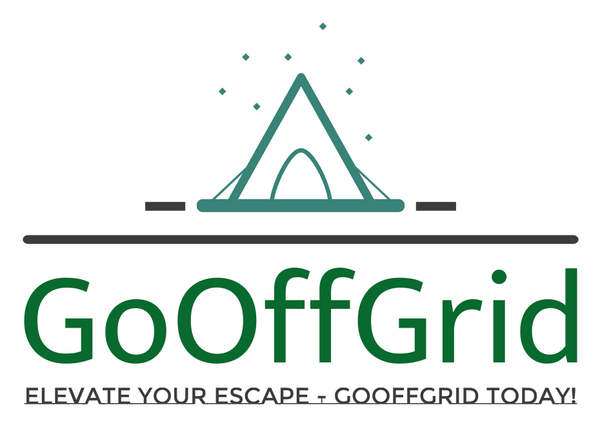Becoming self-sufficient is not just about surviving in a crisis; it’s about creating security, independence, and living in harmony with nature. If you’ve ever dreamed of growing your own food, conserving energy, and preparing for unexpected events, you’ve come to the right place. In this blog post, we’ll walk you through 9 basic steps to help you, as a beginner, get started with prepping and self-sufficiency.
1. Set Your Goals and Define Your Vision
Before diving in, it’s essential to reflect on what self-sufficiency means to you. Do you want to grow all your own food, prepare for power outages, or have a small cabin where you can live entirely off-grid? Define your objectives and write down your goals. A clear vision will keep you motivated throughout your journey.
2. Learn to Prioritize Your Needs: Water, Food, and Heat
The first step in your self-sufficiency journey should be ensuring that you can meet your most basic needs. Make sure you have a reliable water source, a plan for food supply, and a stable heat source, especially if you live in a region with cold winters. For water, consider investing in a quality water filter or learning rainwater harvesting techniques.
4. Create an Emergency Home Kit
An emergency home kit is a must-have for every household, whether you are an experienced prepper or a beginner. Your kit should include a first aid box, water purification tablets, a flashlight, extra batteries, a radio, matches, and a versatile tool set. Customize the kit according to your specific needs, and make sure everyone in the household knows where it is stored.
5. Start Growing Your Own Vegetables
Growing your own food is one of the most essential steps toward self-sufficiency. Start with simple crops like potatoes, tomatoes, and herbs. You don’t need a lot of space to get started—a small garden, a few raised beds, or even some pots on your balcony can make a big difference. Over time, you can expand your garden and include more crops like beans, carrots, and lettuce.
6. Learn to Preserve and Store Food
Once you start harvesting your own vegetables, it's important to know how to preserve the surplus for future use. Learn techniques such as pickling, drying, and fermenting to store food. This will allow you to build a long-term food supply and reduce waste from your garden.
7. Prepare Your Energy Source
Consider the energy sources available to you and how you can reduce your reliance on the power grid. Solar panels are an excellent option, and if you have a small homestead, a wind turbine or micro-hydro solution could be a great addition. Start on a small scale and expand as you gain more experience.
8. Learn the Basics of First Aid and Emergency Preparedness
When striving for self-sufficiency, it’s essential to be able to take care of your health and safety. Take a basic first aid course and learn techniques for handling injuries and illnesses. Make sure you have a well-stocked medical kit and that you know how to use everything in it.
9. Build a Strong Network
Self-sufficiency doesn’t mean doing everything alone. Build a network of like-minded people, both locally and online. Share experiences, exchange knowledge, and support each other. This can be an invaluable resource when you face challenges or want to develop new skills.
By following these 9 basic steps, you’re well on your way to becoming more self-sufficient. Remember that the journey is about taking small, intentional steps forward. Start with what feels manageable and build at your own pace. With the right mindset and tools, you’ll soon be creating a self-reliant and secure lifestyle, whether you aim to go fully off-grid or simply want to reduce your dependence on societal resources.
Good luck on your journey towards self-sufficiency!
Want more tips or products to get started? Visit our store, Go Off Grid, to find the right gear and inspiration!






